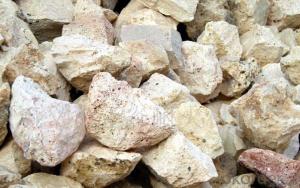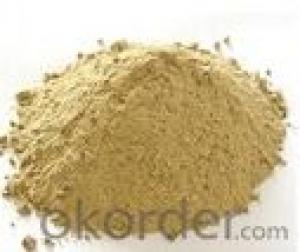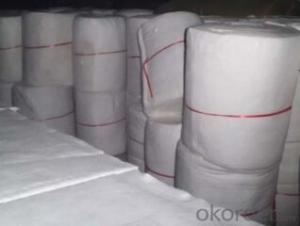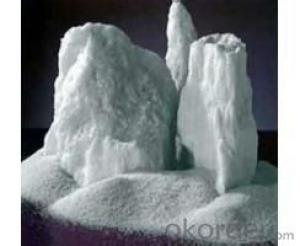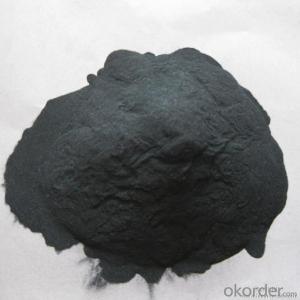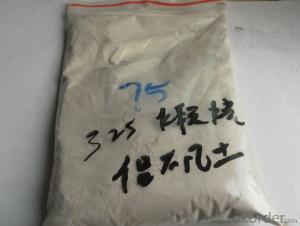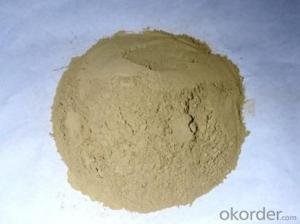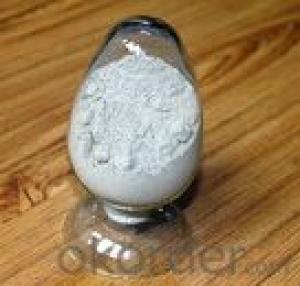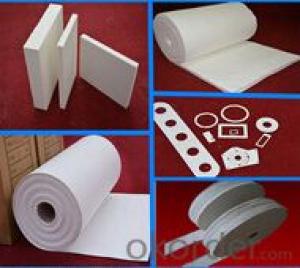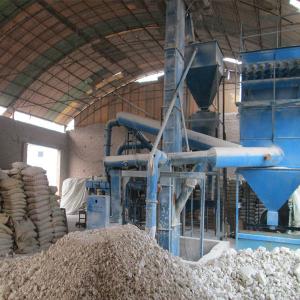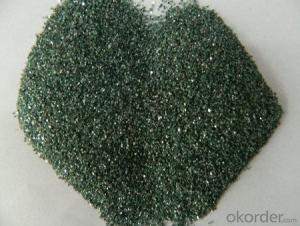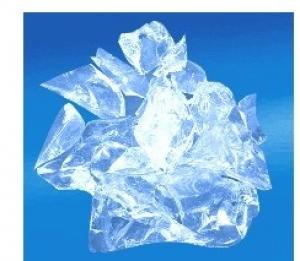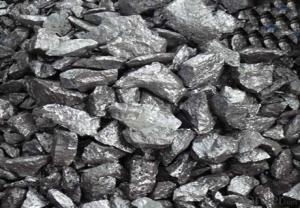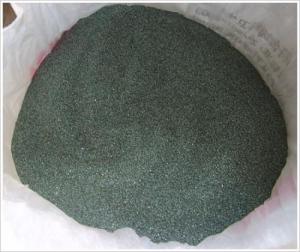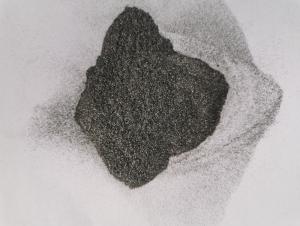All Categories
- - Steel Wire Rod
- - Steel Coils
- - Steel Profiles
- - Steel Pipes
- - Stainless Steel
- - Tinplate
- - Special Steel
- - Steel Sheets
- - Steel Rebars
- - Steel Strips
- - Hot Rolled Steel
- - Cold Rolled Steel
- - Pre-painted Steel
- - Seamless Steel Pipe
- - Welded Steel Pipe
- - Hollow Steel Tubes
- - Galvanized Pipe
- - Stainless Steel Coil
- - Stainless Steel Sheet
- - Stainless Steel Plate
- - Stainless Steel Strips
- - Electrolytic Tinplate Coil
- - Electrolytic Tinplate Sheet
- - Stainless Steel Rebars
- - Solar Panels
- - Solar Water Heater
- - Solar Related Products
- - Solar Inverter
- - Solar Cells
- - Solar Light
- - Solar Energy Systems
- - Solar Controllers
- - Solar Mounting System
- - Solar Pump
- - Solar Chargers
- - Fiberglass Chopped Strand
- - Fiberglass Mesh Cloth
- - Composite Pipes
- - FRP Pultrusion Profiles
- - Fiberglass Mat Tissue
- - Fiberglass Fabrics
- - Fiberglass Mesh
- - Composite Tank
- - Fiberglass Mesh tape
- - Polymer
- - FRP Roofing Panel
- - Fiberglass Roving
- - Monolithic Refractories
- - Ceramic Fiber Products
- - Refractory Bricks
- - Raw Materials For Refractory
- - Suspended Platform
- - Cranes
- - Concrete Machinery
- - Earthmoving Machinery
- - Building Hoist
- - Road Building Machinery
- - Plastic Pipe Fittings
- - Plastic Tubes
- - Plastic Sheets
- - Agricultural Plastic Products
- - Plastic Nets
Q & A
Discuss the properties and applications of silica-alumina refractories.
Silica-alumina refractories are materials that are composed of a mixture of silica (SiO2) and alumina (Al2O3). These refractories possess several important properties that make them suitable for various applications.
One of the key properties of silica-alumina refractories is their high thermal stability. They can withstand extremely high temperatures, making them ideal for use in industries such as glass, cement, and steel. They have a low thermal expansion coefficient, which means they do not undergo significant dimensional changes when exposed to heat, ensuring stability and durability.
Another important property is their excellent resistance to chemical attack. Silica-alumina refractories are highly resistant to acidic and basic environments, making them suitable for applications in aggressive chemical processes. They can withstand corrosive substances such as molten metals, slag, and gases, making them indispensable in the metallurgical industry.
Additionally, silica-alumina refractories have good mechanical strength and abrasion resistance. They can withstand mechanical stresses and are resistant to physical wear and tear, ensuring long-lasting performance. This property makes them suitable for applications in furnaces, kilns, and reactors where they are subjected to mechanical forces and abrasion.
The applications of silica-alumina refractories are diverse. They are widely used in the production of glass, where they are used to line glass tanks, furnaces, and ladles. In the cement industry, these refractories are utilized in kilns and preheaters due to their high-temperature stability. They are also employed in the steel industry for the lining of blast furnaces, ladles, and tundishes.
In summary, silica-alumina refractories possess properties such as high thermal stability, chemical resistance, and mechanical strength, making them well-suited for applications in industries such as glass, cement, and steel. Their ability to withstand extreme temperatures and corrosive environments makes them vital materials in various industrial processes.
How does lanthanum oxide contribute to the performance of refractory materials?
Lanthanum oxide enhances the performance of refractory materials by improving their thermal and chemical stability. It acts as a fluxing agent, reducing the melting point of the refractory material and increasing its resistance to high temperatures. Lanthanum oxide also enhances the mechanical strength and corrosion resistance of refractories, making them more durable and suitable for demanding industrial applications.
How do raw materials contribute to the resistance to alkali attack of refractory products?
Raw materials play a crucial role in determining the resistance to alkali attack of refractory products. The selection and composition of raw materials directly affect the overall chemical and physical properties of the refractory product. Certain raw materials, such as high-alumina content materials, have excellent resistance to alkali attack due to their ability to form a protective barrier against alkalis. Additionally, the presence of certain minerals or additives in raw materials can enhance the refractory's resistance to alkali attack by minimizing reactions with alkalis and reducing the formation of harmful compounds. Therefore, careful consideration and proper selection of raw materials are essential in ensuring the desired resistance to alkali attack in refractory products.
How do different types of serpentine compare in terms of performance in refractory applications?
Different types of serpentine vary in their performance in refractory applications. Chrysotile serpentine, also known as white asbestos, has historically been widely used due to its high heat resistance and flexibility. However, due to health concerns associated with asbestos, its use has been significantly reduced. Other types of serpentine, such as antigorite and lizardite, have been explored as alternatives. While they may not possess the same level of heat resistance as chrysotile, they still offer good refractory properties and can be effective in certain applications. Overall, the choice of serpentine for refractory purposes depends on specific requirements, balancing performance, and health and safety considerations.
Wholesale Raw Materials For Refractory from supplier in Malta
We are a Raw Materials For Refractory supplier serving the Malta, mainly engaged in the sale, quotation, and technical support services of various Raw Materials For Refractory products in the Malta region. We are a subsidiary platform of the Fortune Global 500 company CNBM, able to provide you with one-stop Raw Materials For Refractory procurement services in the Malta. Not only do we have a wide range of Raw Materials For Refractory products, but after years of market development in the Malta, we can also provide valuable experience for your projects.
Hot Search
- Monolithic Refractories in Paraguay
- Ceramic Fiber Products in Slovakia
- Refractory Bricks in Dominica
- Raw Materials For Refractory in Lithuania
- Ceramic Fiber Products in Namibia
- Ceramic Fiber Products in Zimbabwe
- Raw Materials For Refractory in Timor Leste
- Ceramic Fiber Products in Georgia
- Refractory Bricks in Papua New Guinea
- Ceramic Fiber Products in Thailand
